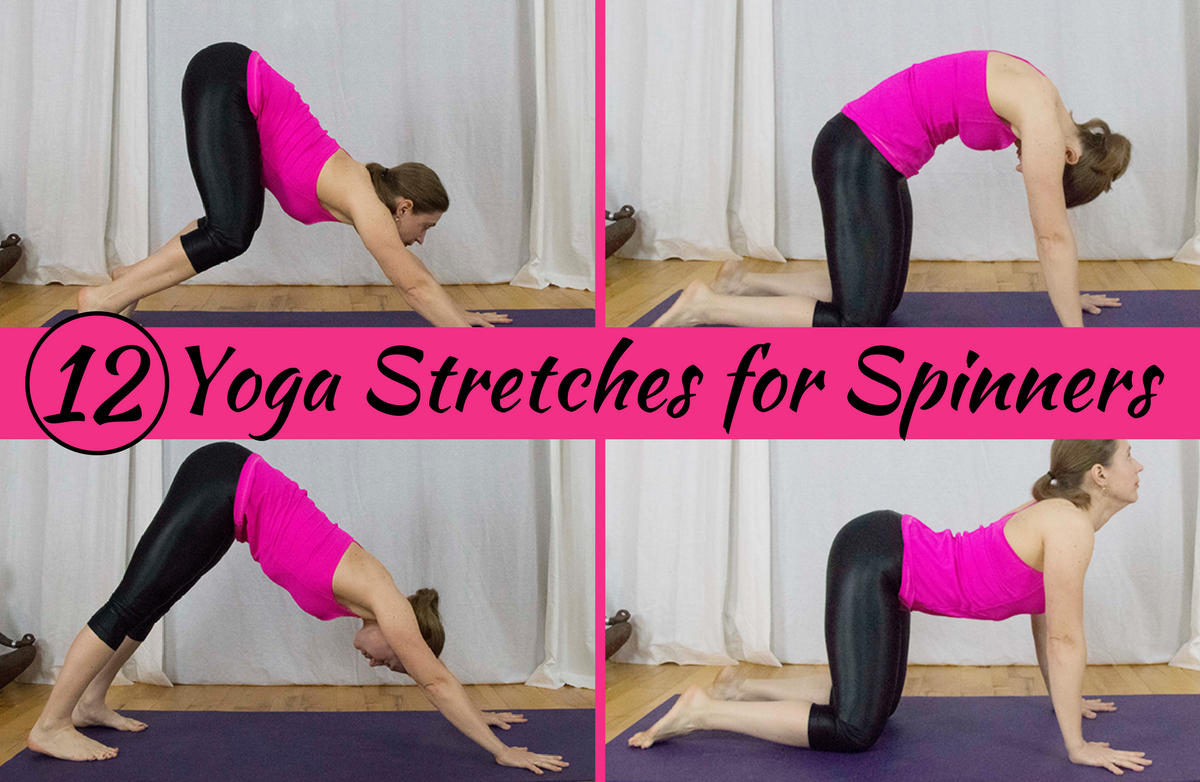At-home workouts aren't going anywhere: Even with many states opening indoor gyms at reduced capacity, many still aren't ready to go back. In a survey of 2,200 Americans from late November 2020, 68 percent of respondents said they are "much less likely" to go to the gym right now, regardless of if they're open. Not to mention that before the pandemic, people were excited about exercising at home, anyway: A 2018 survey found that more than half of people preferred working out at home versus going to a gym.
Whether you're a new adopter or have always been a home gym enthusiast, there comes a time in every home workout where your routine can start to feel a little stale. And unlike at the gym, changing things up can be a challenge when you can't just jump on a new machine or copy a move from the fittest person in the room. So you wind up repeating the same session, at the same intensity, with the same moves. Doing the same workout over and over and expecting different results isn't insanity—it's a recipe for stalled progress or, worse, injury.
That same old workout puts you at risk for something else, too: boredom. When you're bored with your workout, you're less likely to stick to it, plus, your body gets bored by repetitive workouts, too.
"With no new additional stimulus, the body stops making positive adaptations," says Steven Head, a personal trainer at the St. James gym in Virginia, and author of "Not Another Fitness Book." Your body "gets bored," in a sense, "and progress comes to a stop."
If you've been doing the same exercise video for six months and are desperately in need of some kind of—any kind of—change, these five tips will help you add intensity without having to learn a bunch of new exercises.
1. Change the tempo of each repetition
Even if you don't realize it, you probably do every repetition of specific exercises at the same speed. On a squat, for example, you might go down for a count of one and come back up at a count of two. You can add intensity and breathe new life into exercises simply by changing that tempo."[Next time,] squat down for three seconds, then one second up. You will feel a difference," says Tatiana Lampa, a certified personal trainer in New York and founder of Training with T. To intensify the move even more, "hold the squat at the bottom [of each repetition] for three seconds," Lampa explains. This will increase your strength by increasing the time your muscles are under tension during the exercise.
This change works not just for squats, but for pushups, lunges and many other movements. Try lowering yourself into the move for a count of three or four, then holding for a second (or two or three) at the bottom before coming back up. In your next session, try the opposite—do the exercise faster without sacrificing form. For an even more intense tempo change, Mike Whitfield, a trainer and creator of the Sets & Scriptures fitness app, suggests trying a "triple-stop" method: "Using the pushup as an example, you would pause for one second [when you're] halfway down, pause another second at the bottom, and once more halfway up," he says. These stops make a traditional pushup "much more challenging, and bring a new stimulus."
2. Set a timer
Instead of doing a specific number of sets and reps, break out the stopwatch, Whitfield suggests. "I like throwing in 'density challenges,' where I do a simple circuit as many times as I can in 15 minutes," he says. For 15 minutes, he'll do sets of three or four moves, back to back, seeing how many rounds he can complete. Over time, he tries to increase the number of rounds completed.
For Lampa, timed circuits like these are great for finishing a workout: After her regular workout, she'll do four minutes of a similar, three-exercise circuit, trying for as many rounds as possible during that time. Similarly, you can set a timer with a challenging work-to-rest ratio and aim for as many completed reps as possible before you hear the ding. Alternate between two challenging exercises, such as a walk-out pushup and air squat, working for 40 seconds with 20 seconds rest in between for three to four rounds. When it's too cold or hot to get outside for cardio, these strategies can give you a heart-pumping boost without venturing outdoors.
3. Add power to your workout
If you feel confident in your form and are looking to level up and get your heart pumping, it's time to consider making the switch to power moves. "Power training is a great way to shake up a routine," Head shares. Training for power simply means improving not just on how much weight you're moving in an exercise, but how forcefully—or how powerfully—you're moving that weight. And it doesn't even need to be actual weight: "Jumps, bounds and hops can be incorporated easily and safely enough with no equipment required at all."
You can also make any exercise into a power exercise by making it more explosive, Whitfield explains. That doesn't mean you have to squat and snatch like an Olympic powerlifter; you just have to do the "pressing" portion of a move faster. "For example, an explosive pushup is when you push off the ground with so much force, your hands leave the floor [or almost leave the floor], but you're still able to maintain control of your body on the way down," he says. The same can be done with squats, lunges and other basic bodyweight moves. You can either jump if you feel safe doing so, or just perform the concentric—or "up"—portion of the movement so quickly that you feel like you might leave the ground.
Why train for power? Besides making exercises more exhilarating, it can also help keep you nimble as you age. If you trip and are about to fall, your ability to recover quickly—that's power.
4. Learn one new exercise per movement pattern
Learning a whole host of new exercises can be daunting and discouraging when you're training alone. But "the more ingredients a cook has in the kitchen, the more creative the cook can be," Head says. Don't throw out your whole workout recipe, though. Instead, add a little spice by incorporating just one new exercise for each body part or movement pattern into your current routine.
You could find a certified personal trainer through Instagram or YouTube and educate yourself on a move they love, or try shaking things up by adjusting a move you've already mastered. For example, a regular pushup gets a challenging makeover when you elevate one hand using a book or medicine ball. If you already do lunges, find a bench and try a lateral step-up instead. Changing the position of your feet in a squat or adding a jump at the top can also give the body a new lease on life.
5. Change the way you split up your workout
Some people format their workouts by doing upper body exercises one day and lower body exercises the next. Others swear by total body workouts every time. Then there are those who do cardio one day and strength on another.
No matter which of these you do, increase your intensity by mixing it up, Head says. "If a full-body routine is typical, try a split routine" by doing upper body one day and lower body moves the next, he says. In that case, add more upper body moves or sets to double the effort you're doing with your upper body on that day, and do the same with your new lower body day. If you're already doing a split routine, switch to full-body workouts for a while.
If you're used to keeping strength and cardio workouts separate, Whitfield says, try combining them. For example, between sets of strength moves, like pushups or squats, do 30 seconds of a plyometric or cardio move. This can be anything from jumping jacks or mountain climbers to running in place or stair sprints.
There's power in a good home workout, but remember that the best workout is the one you will do consistently. If you feel yourself making excuses for exercising or avoiding it all together, consider weaving in some of these strategies to keep things interesting and keep making progress at home.







.jpg)





